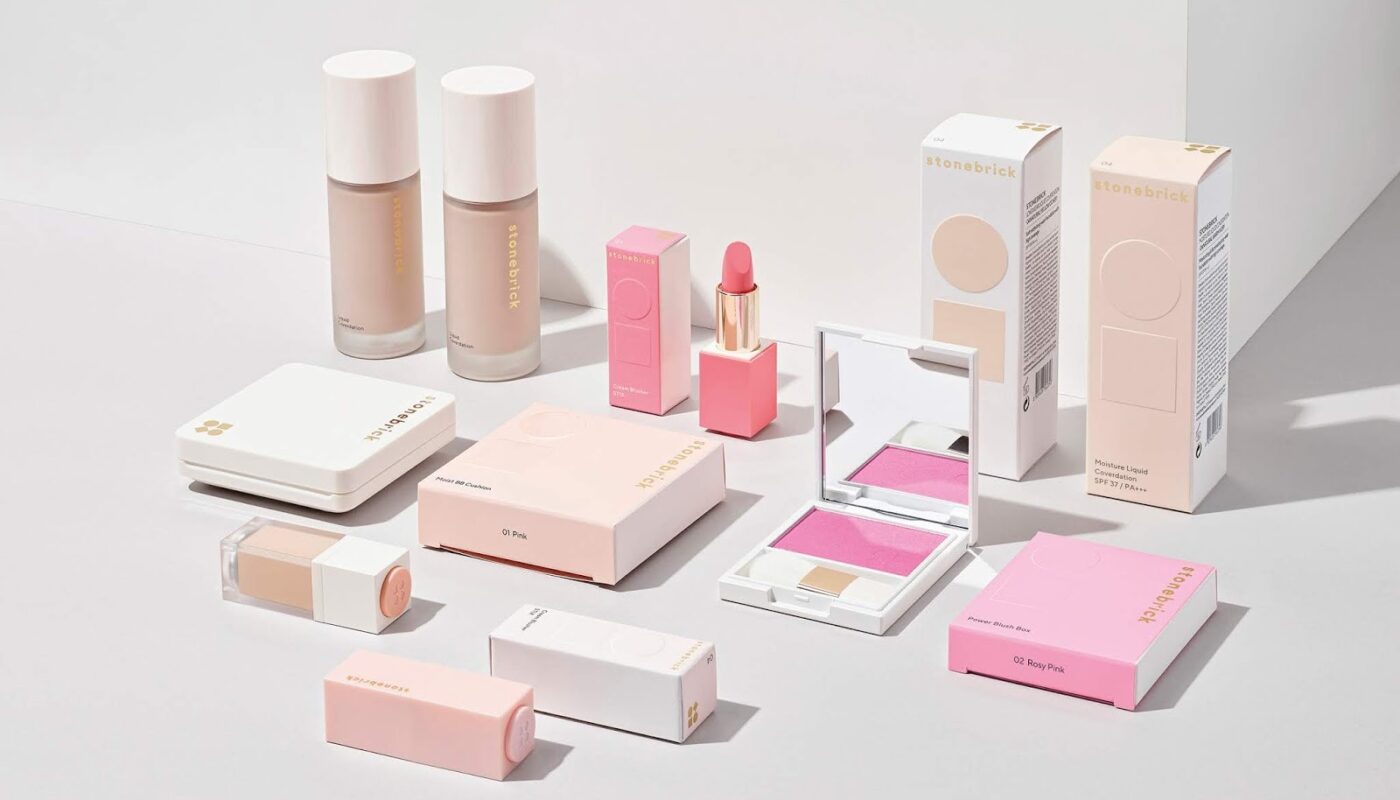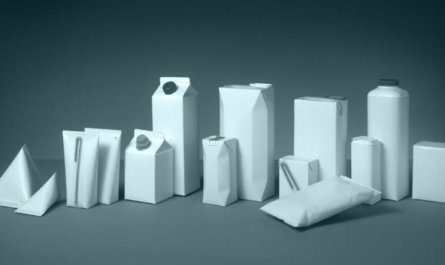History of Makeup Packaging
The packaging of beauty products has evolved significantly over the centuries as makeup became more mainstream. In ancient times, cosmetics were stored in simple pots, jars or animal bladders. As glass blowing techniques advanced in the 13th century, it became possible to create customized bottles and containers for holding creams, oils and other formulations. In the Victorian era, powders, rouges and lip colors were often sold in compacts and boxes decorated with elaborate designs. Mass production of makeup starting in the early 20th century led to standardized packaging using plastics, cardboard and other affordable materials. Branding and graphic designs helped differentiate products on store shelves.
Packaging Design Trends
Modern packaging design follows trends but must also fulfill practical functions. Sleek minimalism is a popular aesthetic that highlights the product. Transparency allows consumers to see the formulation. Eco-friendly packaging incorporates recycled materials. Customizable and multifunctional components appeal to millennial shoppers. Monochromatic palettes are on-trend for eyeshadows and cheek products. Premium finishes like matte, pearlescent or rose gold impart an luxurious look. Smaller, travel-friendly packaging meant for on-the-go application has gained traction. Functional elements like mirrors, applicators and secure closures enhance the user experience. Emotive illustrations, vivid colors and artistic motifs incorporated in graphics draws attention on shelves and engages buyers.
Protecting Product Quality
The primary role of Makeup Packaging is to shield fragile formulas from external damage while the product is being transported, stocked and handled by consumers. Quality packaging ensures the integrity of the product is maintained from factory to point of sale. Airtight seals prevent ingress of moisture, oxygen, pollutants or bacteria that can degrade cosmetic ingredients. Opaque and dark containers protect light-sensitive products like foundations from degrading the color or degradation of active components like antioxidants. Travel-friendly packaging has locking mechanisms to prevent accidental spills. Child-resistant closures provide an extra layer of safety.
Marketing and Brand Value
Appealing packaging boosts sales by differentiating beauty brands. It communicates the brand’s values, target market, price point and novelty. Sustainable or refillable packaging establishes eco-credentials that are important to ethical buyers. High production values signal premium quality and justify higher prices. Unique designs can become instantly recognizable on shelves. Dynamic graphic styles keep packaging fresh for each new launch and season. Emotional copywriting on exteriors like inspirational quotes capitalize on consumers’ growing desire for self-care. Influencers showcase glamorous packaging to millions of social followers, heightening buzz. Impactful shelf displays maximize visibility and impulse purchases in-store. Overall, innovative packaging amplifies brand messaging at every consumer touchpoint.
Ingredients Optimization
Packaging engineers partner with formulators to optimize materials based on a product’s specific needs. Airless dispensers precisely dose out thick creams and foundations without exposing the entire formulation to air, reducing oxidation and preserving ingredients. Squeeze tubes prevent wastage of viscous gels and pastes. Fine-mist sprayers deliver sheer, buildable coverage of setting sprays and facial mists without dripping. Amber bottles protect unstable activeUV filtersprotections like vitamin C or retinol from light damage. Built-in applicators in lip gloss tubes or mascara wands minimize mess. Custom shapes like skinny pencils precisely outline eyes and lips. Weight distribution and ergonomics ensure ease of use.
Profitability Considerations
Lower weight or size translates to less material costs and transport fees per unit. Recyclable plastics and cardboard appeal to sustainability-minded customers while cutting waste management fees. Novel designs afford branding opportunities but extensive molds require higher initial investments. Premium finishes are luxury differentiators yet add to production costs. Refillable systems reduce long-term packaging outlay but demand significant research. Secondary displays consolidate multiple stock-keeping units to maximize shelf space. Dispensing mechanisms influence product dosage and lastingness to balance perceived value and profit per unit. Brand managers work with packaging experts to develop commercially viable options optimized for both quality and business targets.
*Note:
1. Source: Coherent Market Insights, Public sources, Desk research
2. We have leveraged AI tools to mine information and compile it




